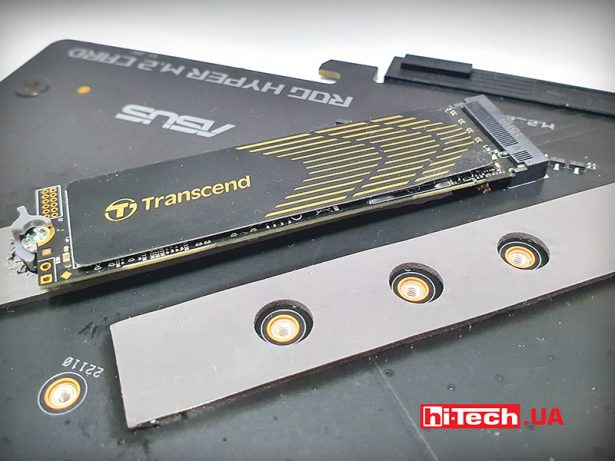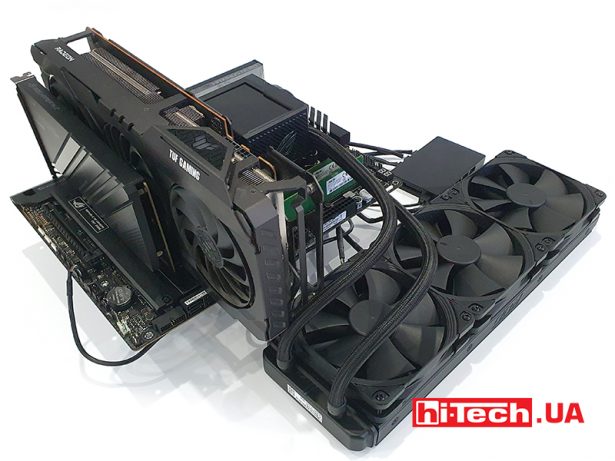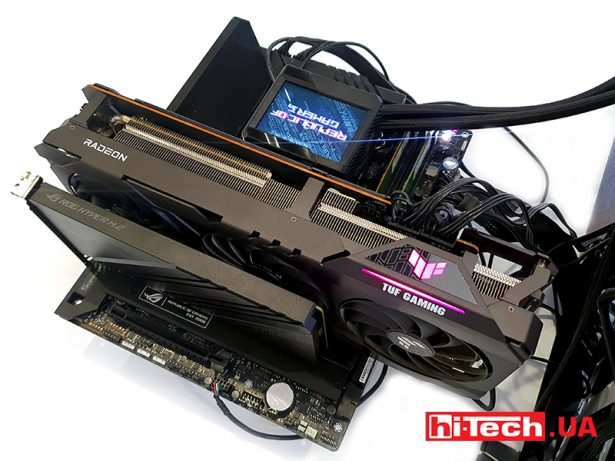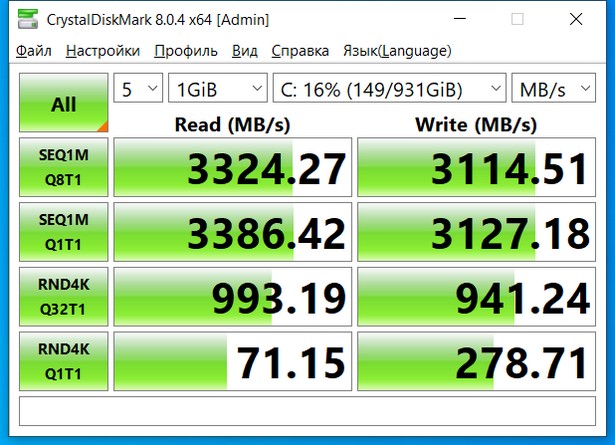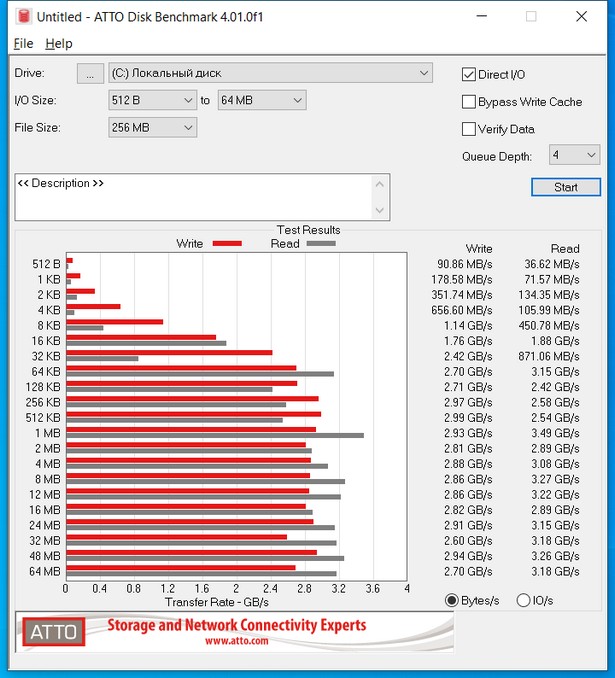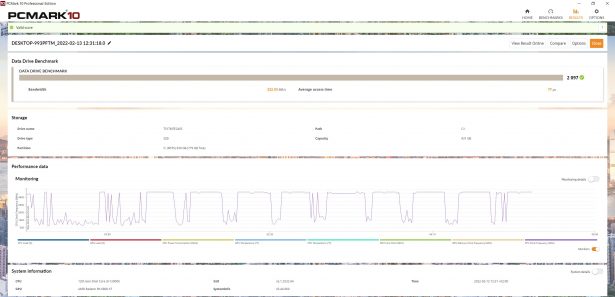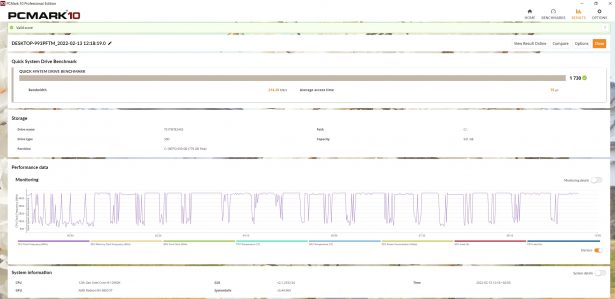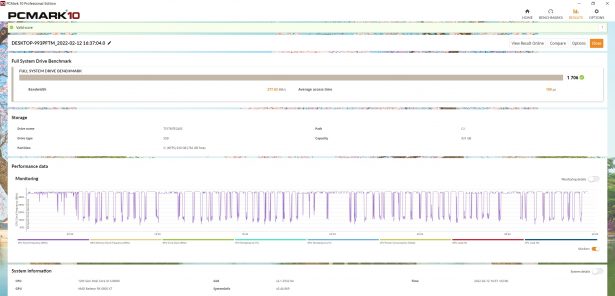Transcend MTE240S M.2 2280 PCIe 4.0 drive review: getting started
16.03.22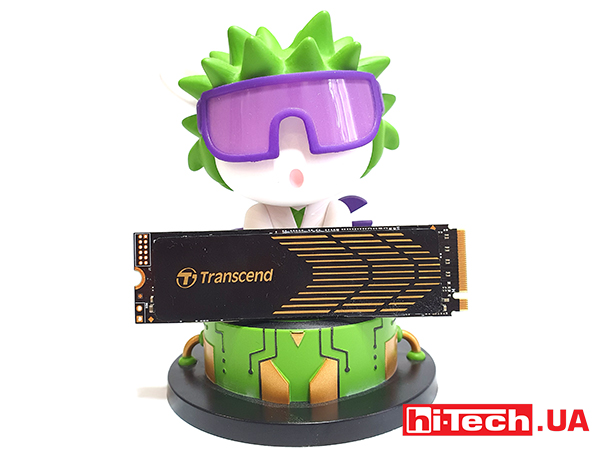
The company Transcend is not among the manufacturers of solid-state drives of the first echelon. It also does not conduct its own development of controllers and does not produce flash memory chips. However, its products are often interesting. First, because Transcend engineers bring their own unique optimizations to the reference platforms of independent controller developers. Secondly, the company adheres to a balanced approach to the formation of the model range. Each individual model has a well-defined positioning.
Moving on to today’s guest. All Transcend products are based on Silicon Motion (SMI) controllers, which offered the performance controller SM2264 and the affordable SM2267. But with the production of the flagship controller, SMI encountered unforeseen problems. Therefore, Transcend adjusted the plans and postponed the release of the flagship SSD with the PCIe 4.0 interface, limiting itself to the release of an inexpensive and mass storage device on the SM2267 chip.
Design and equipment
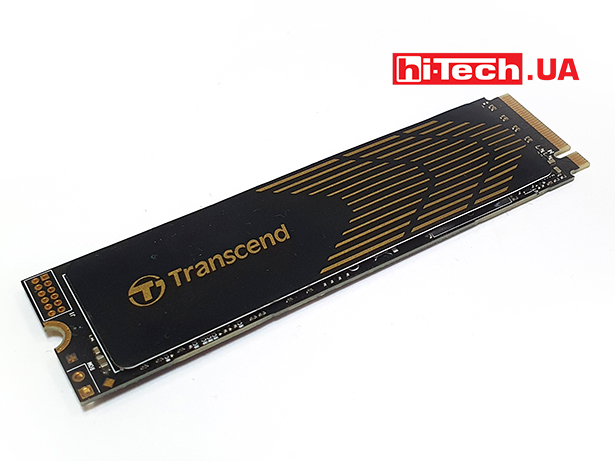
The SM2267 controller is dual-core and four-channel, which causes its rather low power compared to the controllers used in PCIe 4.0 flagships. The quad-channel flash array is paired with 1,200 MHz devices that are even theoretically incapable of pumping four PCIe 4.0 lanes with a peak throughput of 7.9 GB/s. Therefore, the passport characteristics of the MTE240S are more comparable to the characteristics of a drive with a PCIe 3.0 interface, at least in terms of linear speeds.

The Transcend MTE240S storage device has a rather unusual appearance. The front surface is not covered by a sticker or radiator, but something in between. This material is similar to a heat dissipating plate made of thick foil. The manufacturer’s representatives say that this is a graphene radiator with high thermal conductivity.
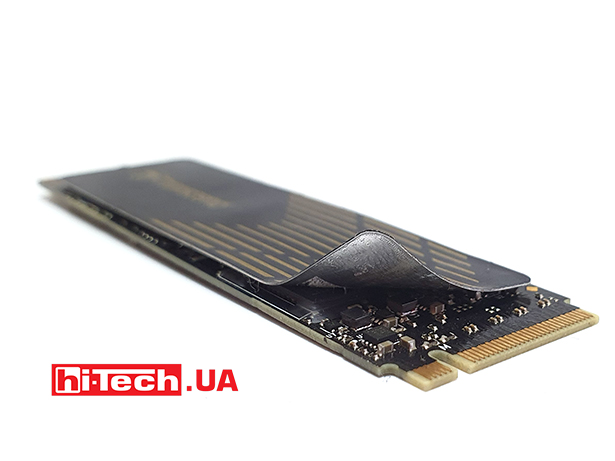
In fact, it adds almost nothing to the thickness of the drive, and it is not necessary to remove it when installing it in a laptop or a motherboard with regular cooling of M.2 slots.
All the elements of the terabyte version of the MTE240S discussed in this review are assembled on one side of the M.2 2280 form factor board. In addition to the SM2267 controller, which is located in the center of the board, there are also two flash memory chips and a DDR4 chip. SDRAM acting as a buffer for storing the address translation table.
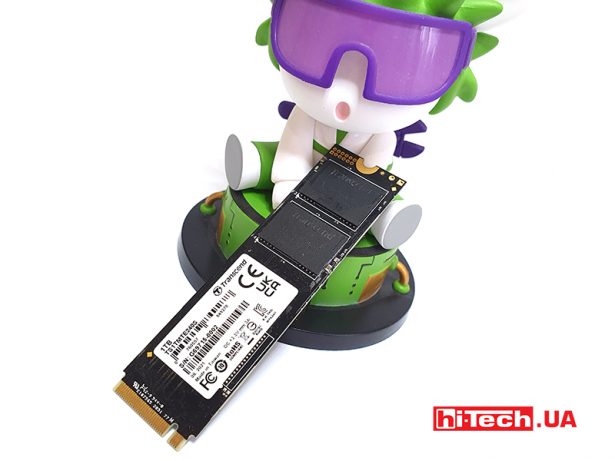
The SSD is assembled on 512-gigabit crystals of 96-layer TLC 3D NAND memory produced by Micron, eight of which are distributed over two microcircuits.
Transcend MTE240S is distinguished by a high resource compared to models equipped with PCIe 3.0. Transcend focuses on high-quality flash memory chips, which allowed the company to declare the possibility of uninterrupted rewriting of 95% of SSD capacity every day during the five-year warranty period. This means that a total of 1,700 TB of data can be recorded on the terabyte MTE240S. There are almost no models similar in endurance in this price category.
| Тестова платформа | |
| Материнська плата: | ASUS ROG Maximus Z690 Hero |
| Процесор: | Intel Core i9-12900K |
| СРО: | ASUS ROG Ryujin II 360 |
| Відеокарта: | ASUS TUF Gaming Radeon RX 6800 XT OC |
| Оперативна пам’ять: | ASUS, 32 ГБ DDR5 |
| Блок живлення: | Seasonic Platinum-750 Snow Silent |
| ОС: | Microsoft Windows 10 Pro 64-біт |
Transcend has released a special SSD Scope utility to service drives of its own production. The program allows you to monitor the general state of the drive and evaluate its health by referring to telemetry S.M.A.R.T. A simple speed test is also built into the utility.
Testing
Measurement of peak speeds confirms the indicators declared by the manufacturer. The maximum linear speed that the MTE240S can deliver is only 5% higher than the linear speeds provided by quality models with PCIe 3.0.
In Transcend MTE240S, caching works according to the dynamic principle. Accelerated recording takes place in the main memory array, while the amount of information that can be recorded at high speed depends greatly on the amount of free space on the SSD. As a practical test shows, the volume of the SLC cache can reach 160 GB on an empty drive.
Accelerated writing is almost impossible on a partially filled SSD. The MTE240S, already occupied by files at 50 or 75%, can record only 10-12 GB of data in accelerated mode, which means that the efficiency of the dynamic SLC caching algorithm is quite low.
The storage device is not very designed for several simultaneous operations. The two ARM cores of the SMI SM2267 controller are not enough to process the TRIM command and do something else at the same time. Therefore, for example, after deleting 64 GB of data from an SSD, there is a break in its operation for a few seconds, during which the drive stops responding to external influences altogether.
When buying such an SSD, you need to be aware that it is unlikely to work faster than good PCIe 3.0 models. However, in archive operations, when read operations prevail over write operations, performance is better. The Trancend drive outperforms solutions built on Phison controllers. Moreover, despite the rather weak characteristics of the SMI SM2267 controller, in real scenarios in resource-intensive applications, the Transcend MTE240S does not look like an outsider. Problems with Transcend MTE240S occur when copying and installing games on it. And against the background of the low speed of the four-channel array of flash memory, this is not surprising. At the same time, when launching already installed games, the MTE240S shows itself quite decently.
Conclusions
Transcend MTE240S does not claim the title of flagship drive at first. It is based on a budget 4-channel controller, so the manufacturer positions it as an unpretentious, but high-quality PCIe 4.0 SSD for the mass user. In addition to the simplified controller, the MTE240S has no significant flaws: it is built on a good TLC memory and equipped with a large DRAM buffer, so in games and applications it gives a confident average level of performance.
Support for PCIe 4.0 in the Transcend MTE240S is purely formal in nature, since the bandwidth provided by this drive is not used. The peak performance of the MTE240S is only slightly beyond the PCIe 3.0 bandwidth.
Thus, Transcend MTE240S looks like a good and affordable SSD with PCIe 4.0 interface support. And among its advantages, we can highlight mild heating compared to alternatives on Phison controllers and an extremely high rewriting resource, which is usually not characteristic of storage devices of this price. With a certain reduction in price, the Transcend MTE240S can become more attractive compared to high-end PCIe 3.0 drives.
Transcend MTE240S M.2 2280 PCIE 4.0 (TS1TMTE240S) specs
| Interface: | PCIe 4.0 x4 with NVMe 1.4 |
| Form factor: | M.2 2280 |
| Available volumes: | 500 GB, 1 TB |
| Controller: | Silicon Motion SM 2267 |
| Memory type: | 3D TLC |
| Declared resource: | 1700 TBW |
| The volume of the drive in the test: | 1 TB |
| Warranty: | 5 years |
| Provider: | Representative office of Transcend in Ukraine |
| Cost: | $320 |
Rating:
+ resource
– the potential of the interface is not revealed
hi-tech.ua project manager
Don't miss interesting news
Subscribe to our channels and read announcements of high-tech news, tes
Oppo A6 Pro smartphone review: ambitious

Creating new mid-range smartphones is no easy task. Manufacturers have to balance performance, camera capabilities, displays, and the overall cost impact of each component. How the new Oppo A6 Pro balances these factors is discussed in our review.
Editor’s Choice 2025. Best devices of the year by hi-tech.ua

The best gaming laptops, mice for work, gaming keyboards, smartphones, and wireless headphones of 2025. Among them, we will highlight the most interesting ones and those that we can recommend buying.
Counterpoint: Smartphone prices will rise in 2026 due to memory shortages analytics research smartphone
According to a new forecast from Counterpoint Research, global smartphone shipments will decline by 2.1% in 2026.
Rogbid Enduro – smartwatch with large 1100 mAh battery and $30 price protection smart watches
Chinese company Rogbid introduced the Rogbid Enduro smartwatch, emphasizing autonomy and increased durability.

